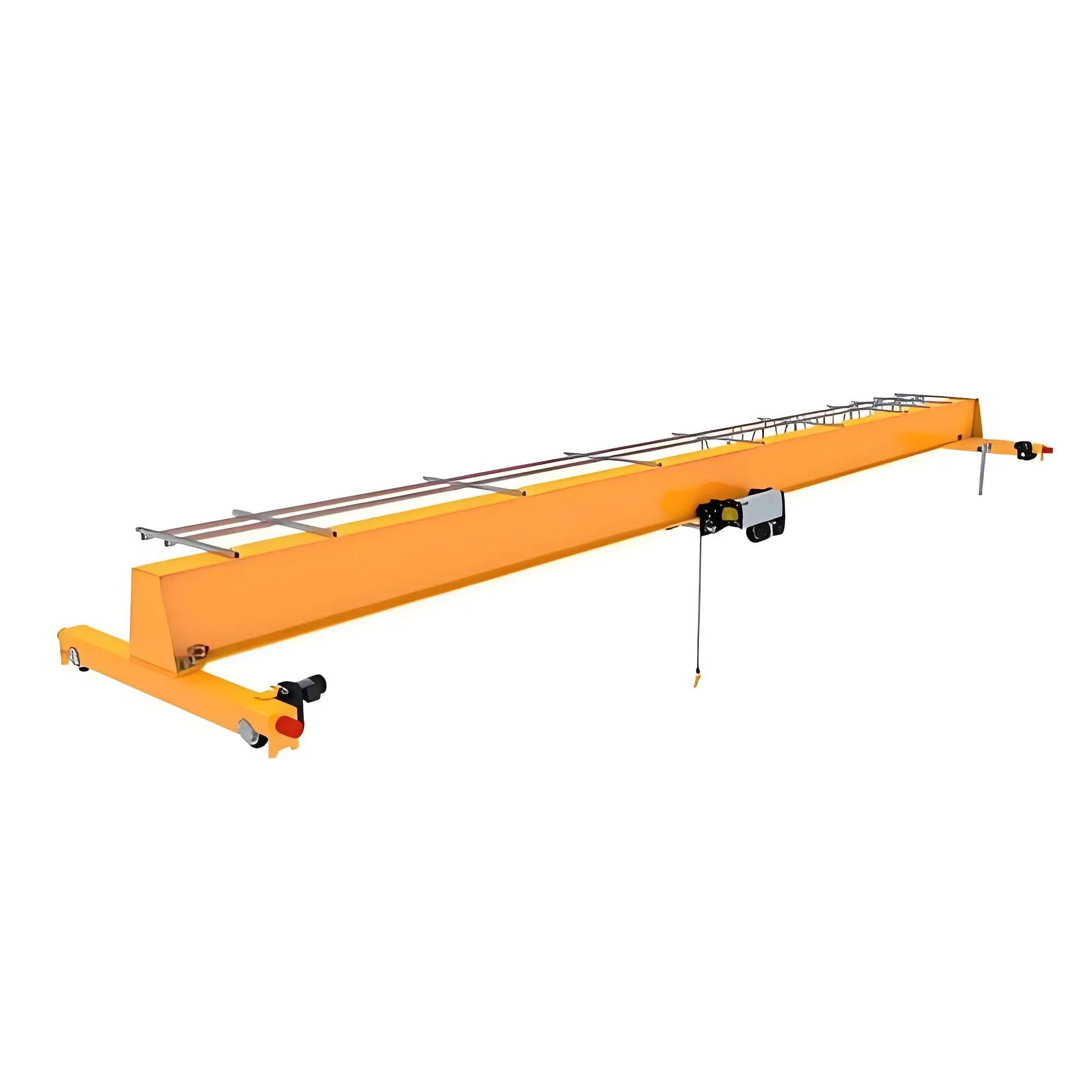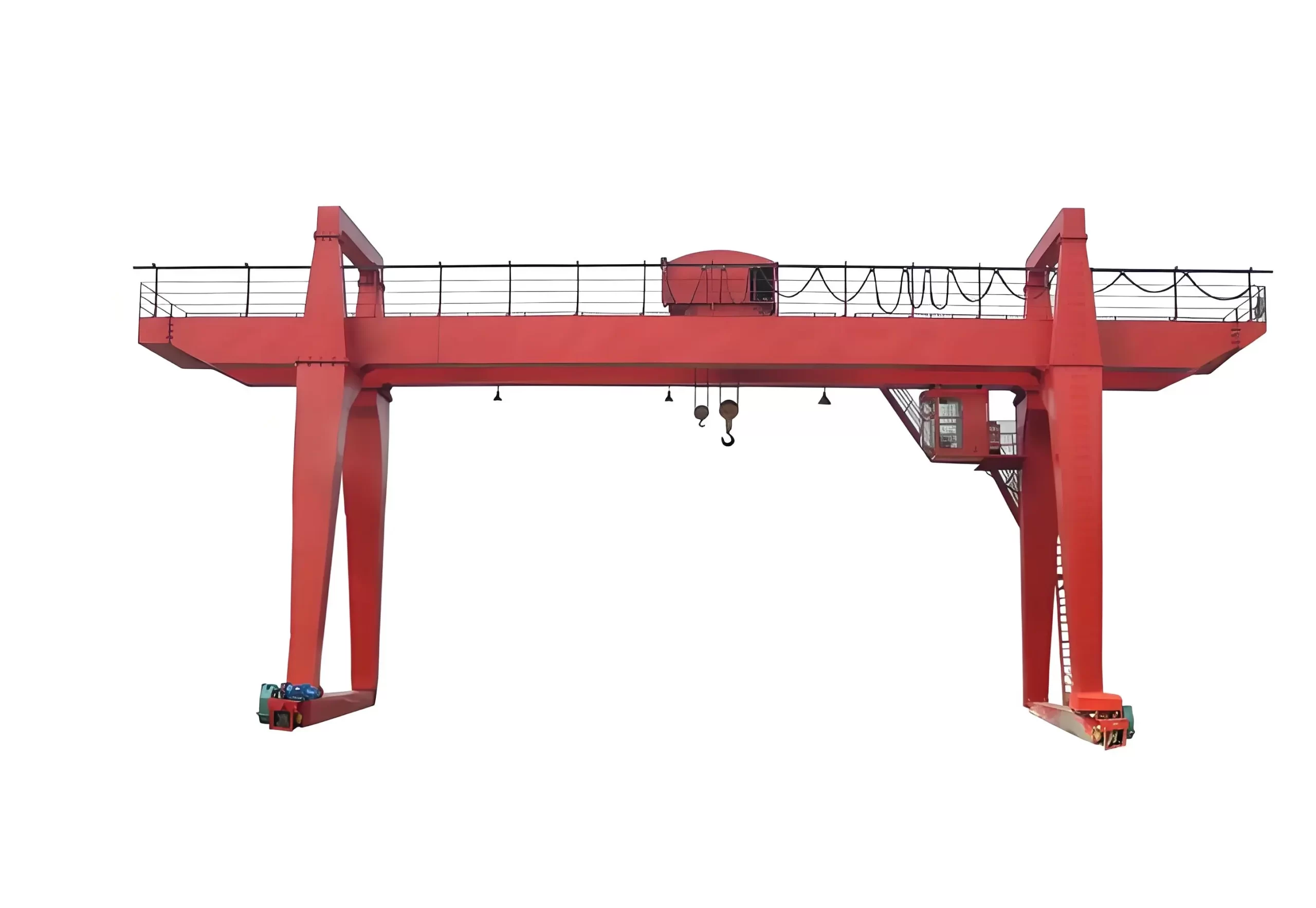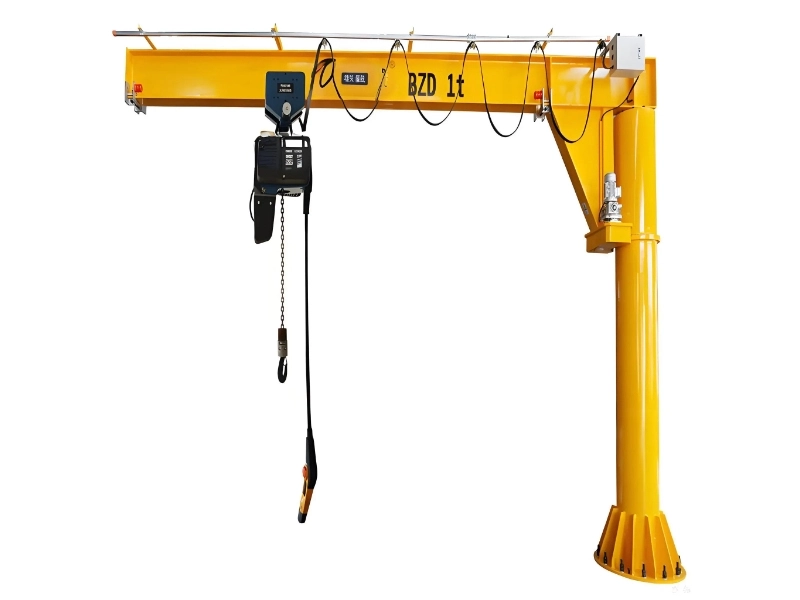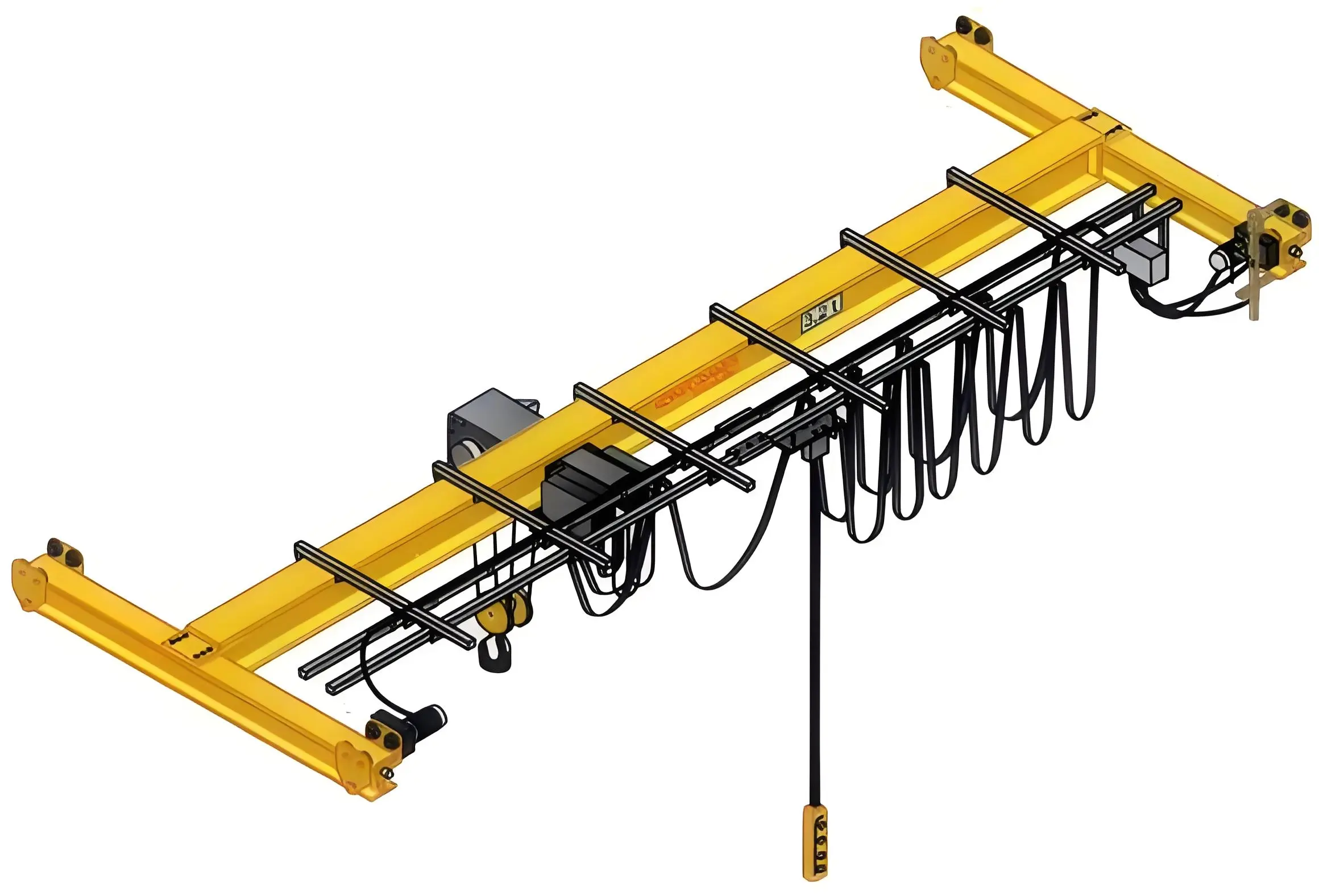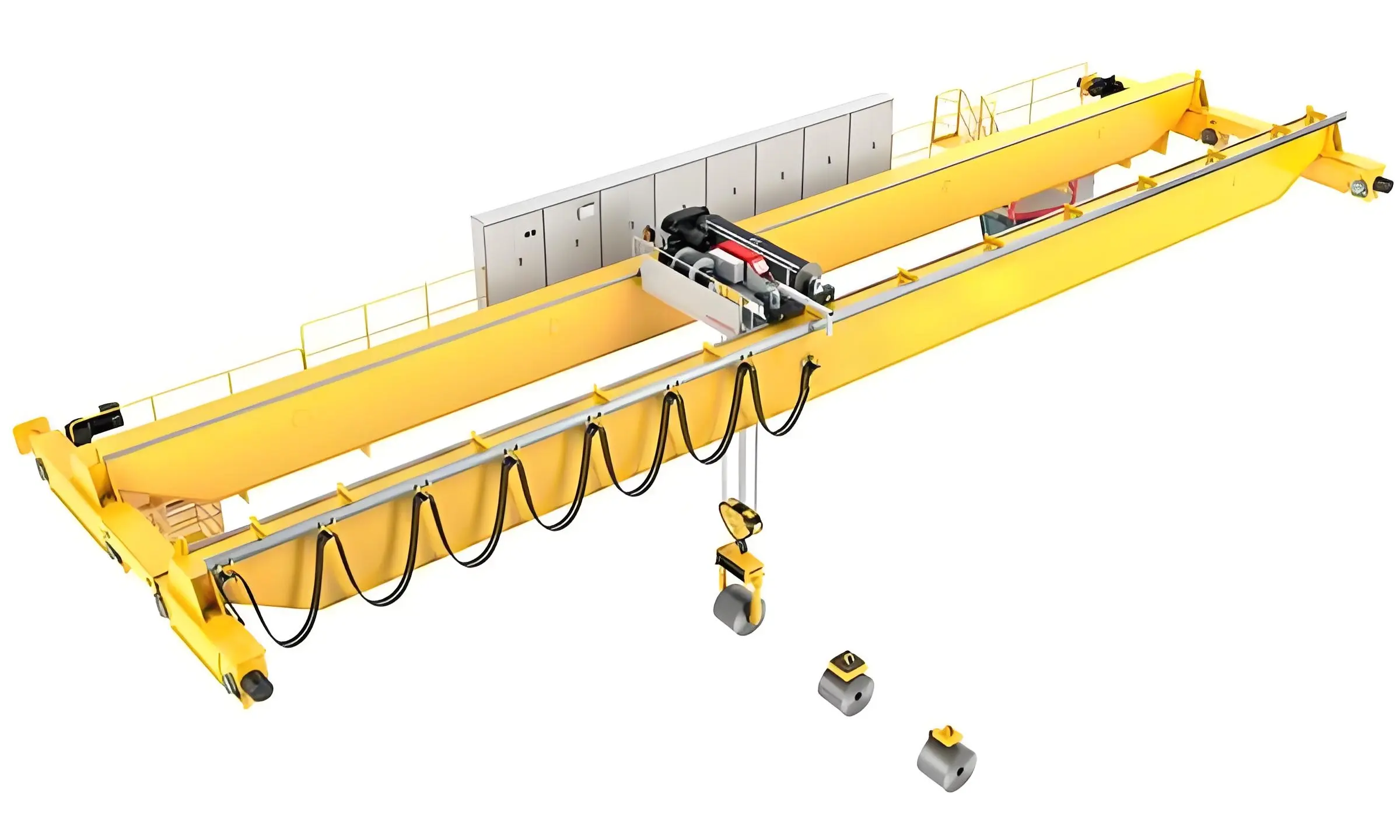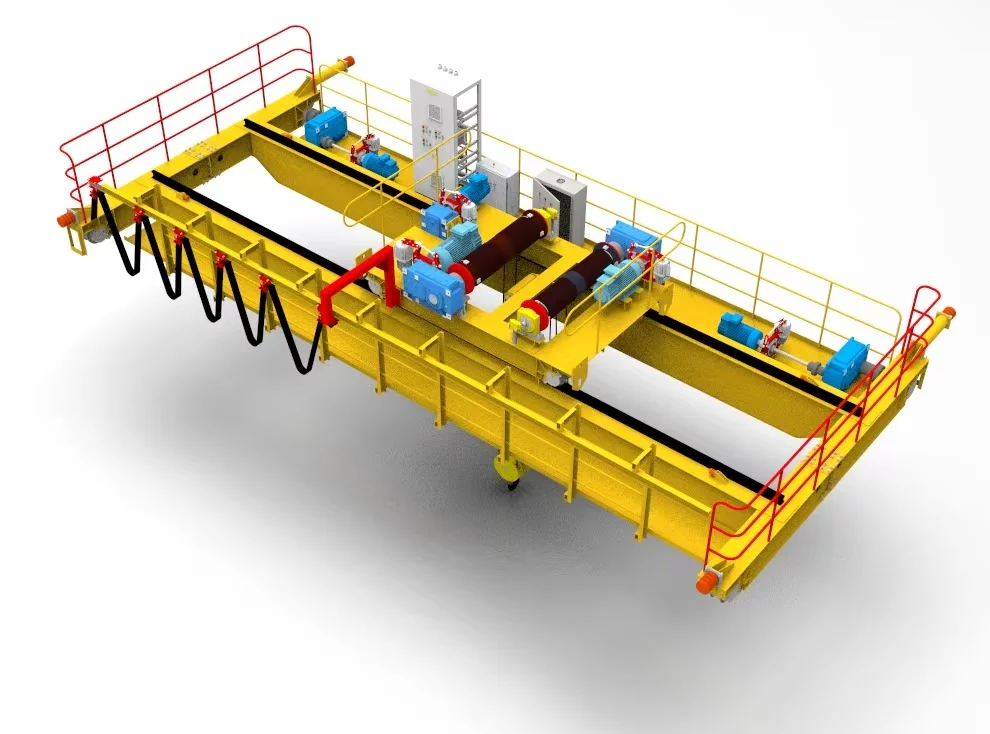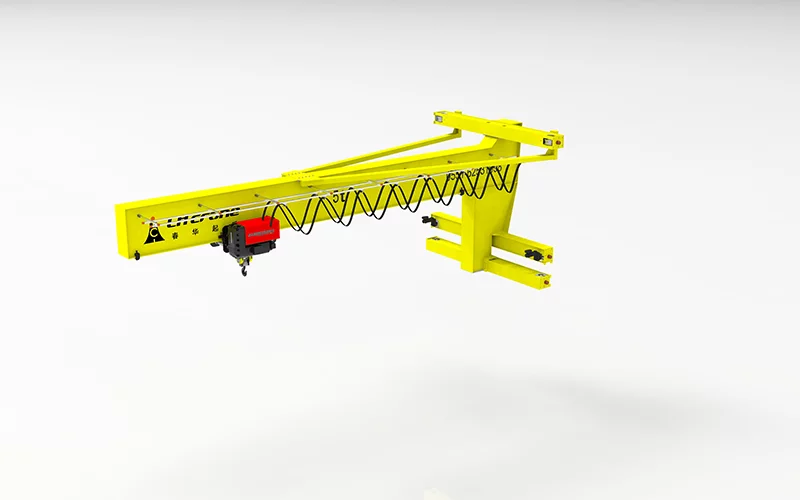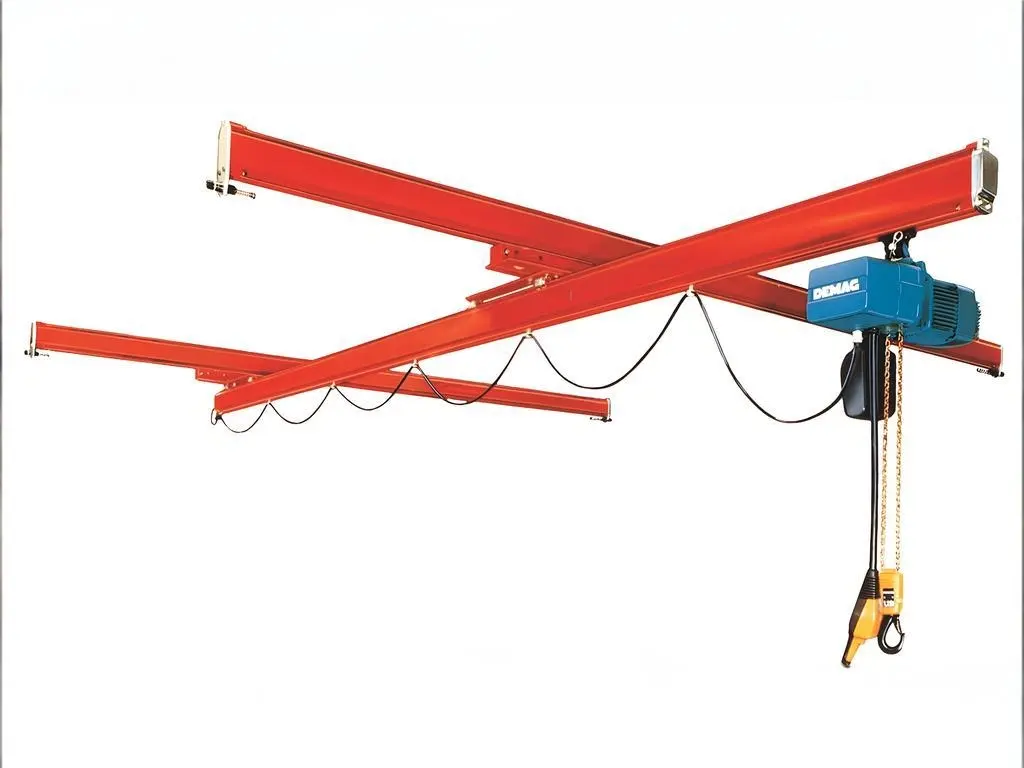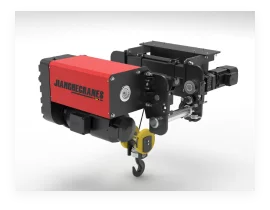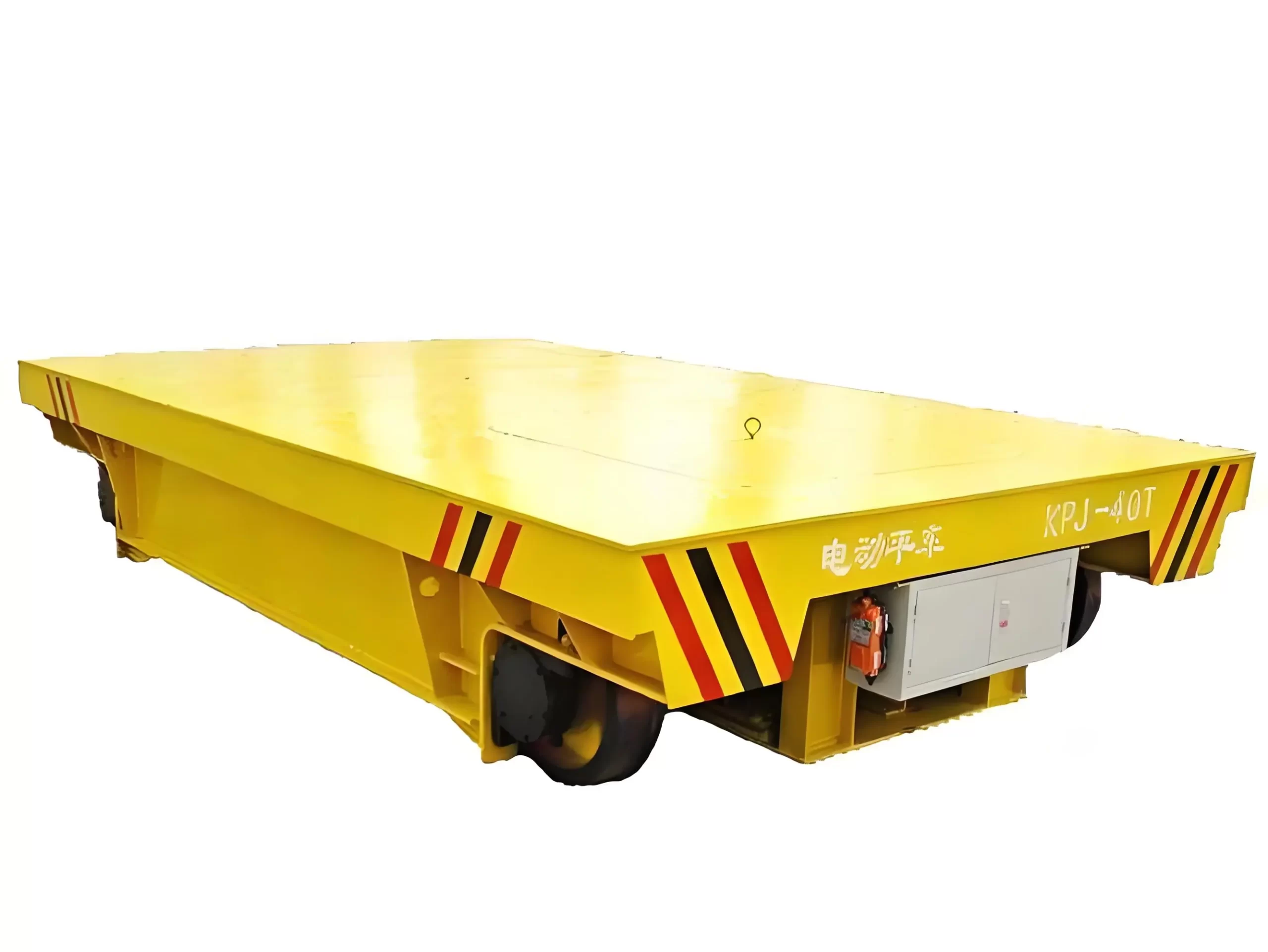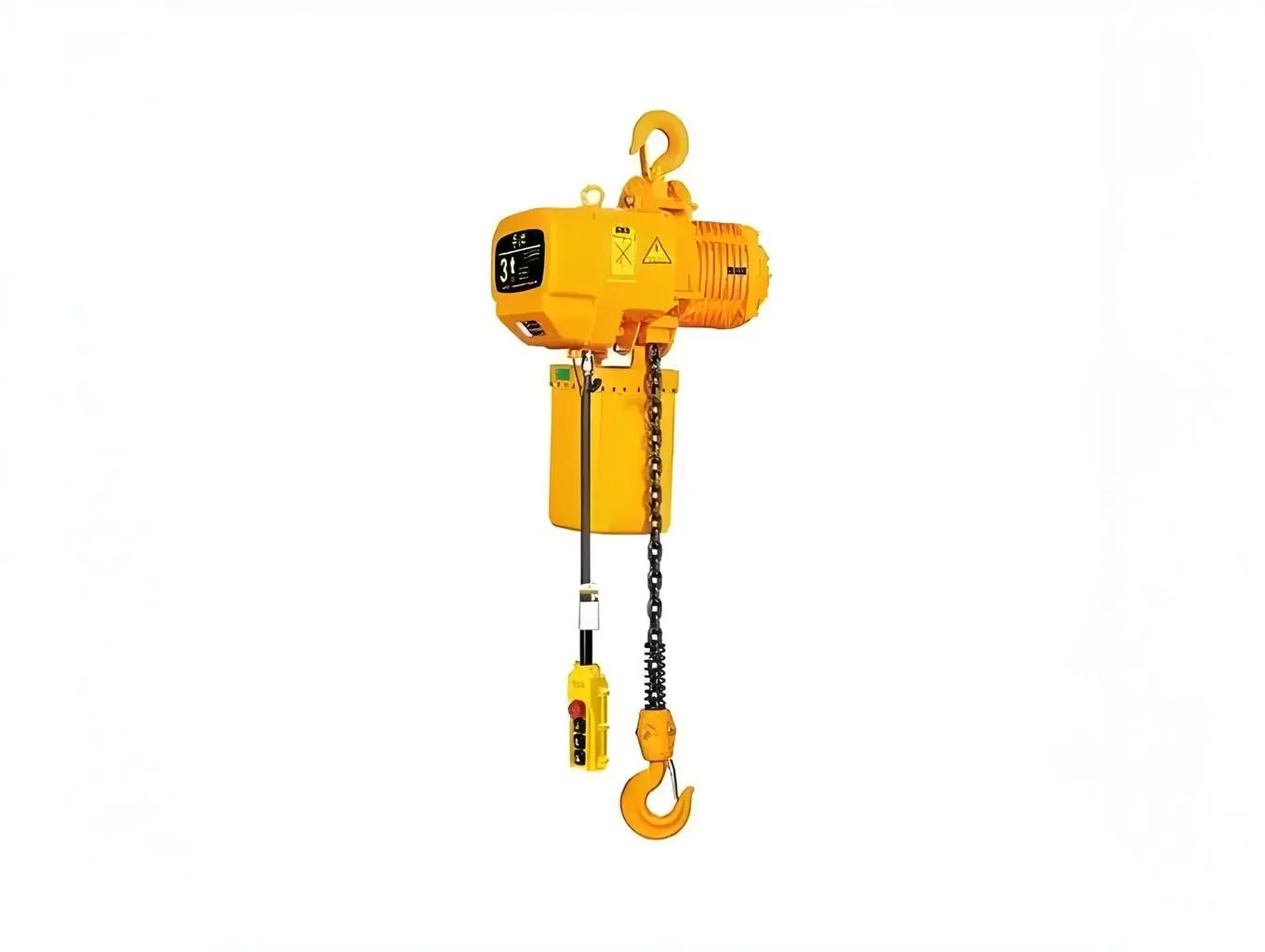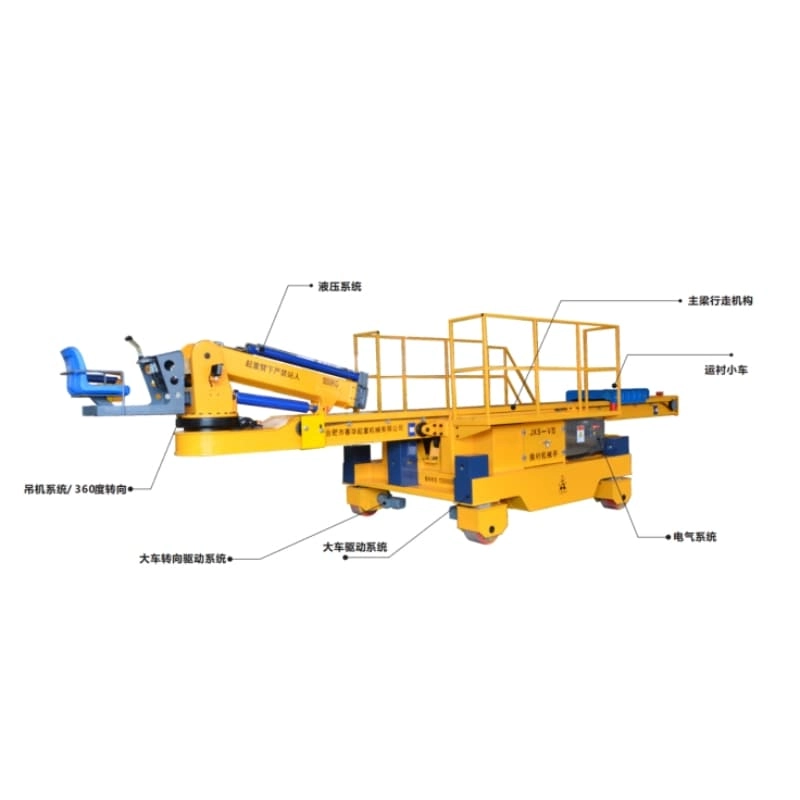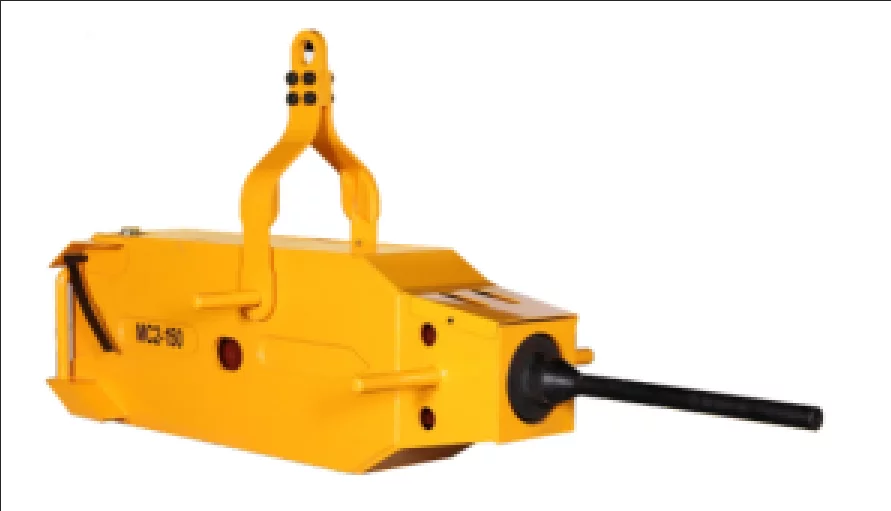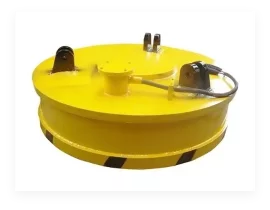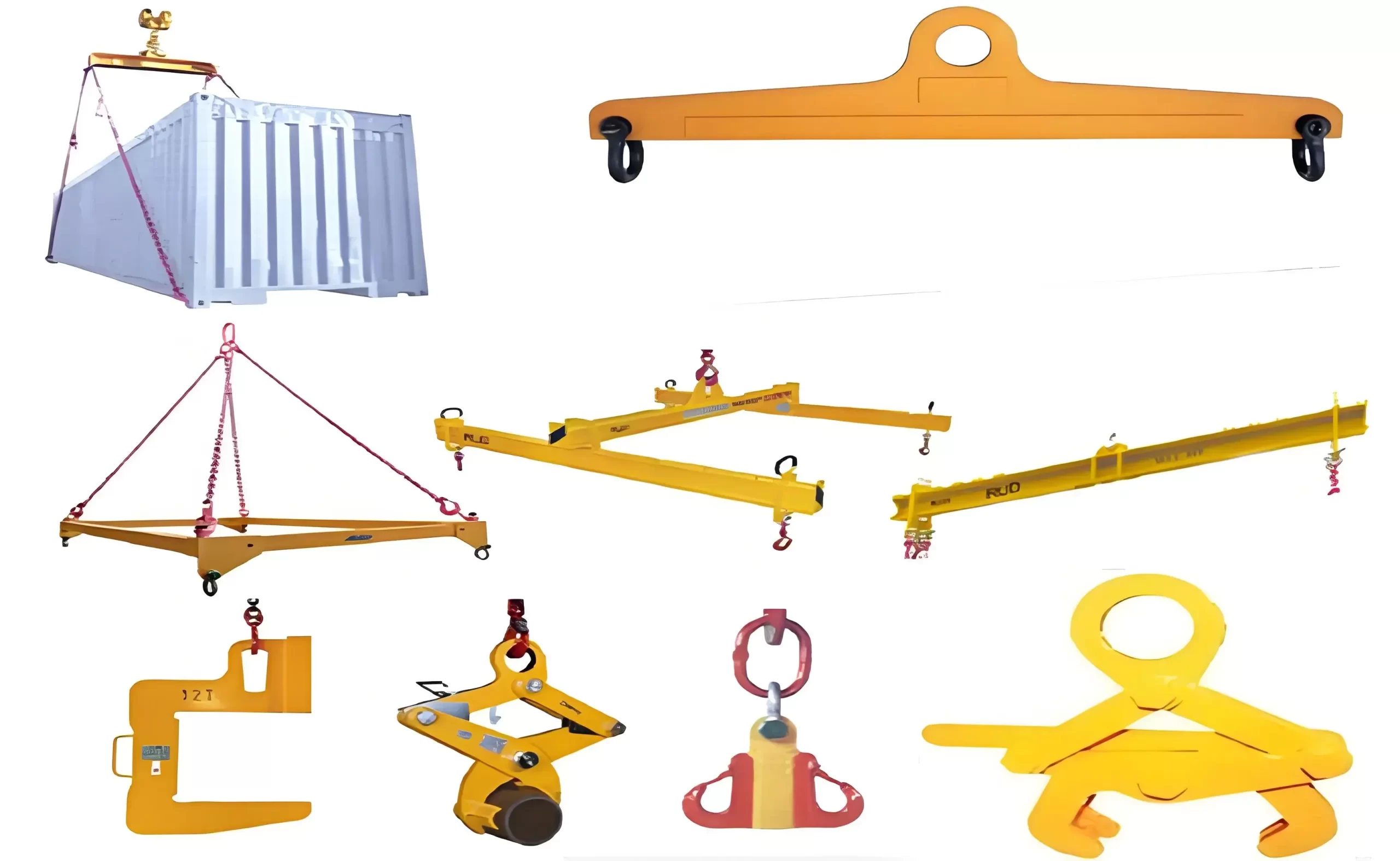In modern industrial fields, cranes are indispensable equipment for lifting and transporting heavy objects. The double girder crane, as an important type of crane, is widely used in various industries, such as manufacturing, warehousing, construction, and ports. Double girder cranes can be divided into top-running and bottom-running types based on their operating methods, each with its characteristics and suitable application scenarios.
Top Running Double Girder Crane
A top-running double girder crane is a lifting device installed on a track at the top of a building. The structure consists of two main girders, a bridge frame, a hoist trolley, and a control system. During operation, the trolley moves along the double girder track and lifts materials using a hook or other lifting tools.
Key Features of Top Running Double Girder Cranes:
High track position
The track of the top-running crane is installed on the roof of the building, fully utilizing the upper space without occupying ground space. Compared to bottom-running cranes, top-running cranes save space and have a wider operational range.
High load capacity
Double girder cranes have structural and design advantages, allowing them to bear higher loads. The high-strength materials and double girder structure enable them to transport heavy goods, making them ideal for applications requiring high load capacity.
Suitable for large-span operations
Top-running double girder cranes are commonly used in factories or warehouses with large spans. The bridge frame and hoist trolley’s track can cover a wide working range, making them suitable for environments requiring extensive coverage and long operational distances.
Reduced occupation of ground space
Top-running cranes do not require tracks on the ground, allowing free use of the floor space, reducing obstacles to ground operations, and facilitating the operation of other machinery.
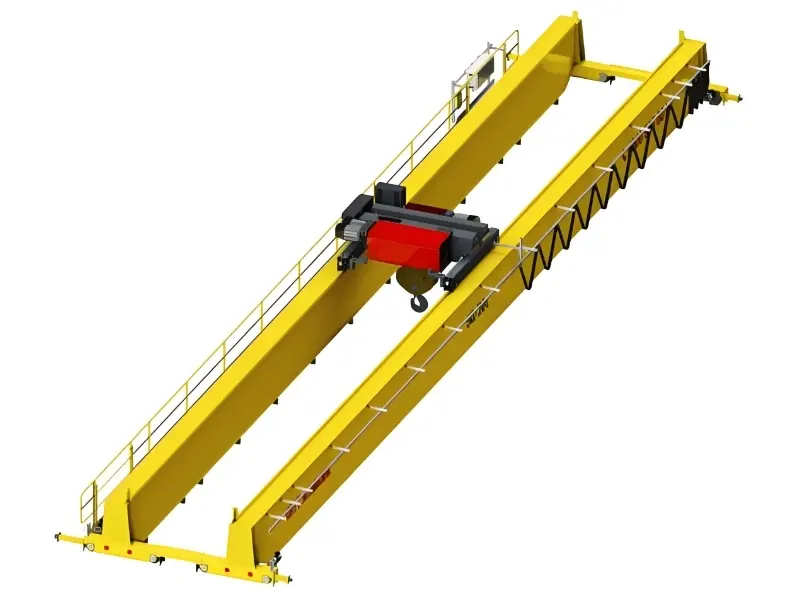
Top Running Double Girder Cranes vs Bottom Running Double Girder Cranes
Track position
Top Running: The track is installed above the building, either on the roof or on the upper beam, suitable for factories with large spans and high ceilings.
Bottom Running: The track is installed on the ground, and the crane runs along the floor, suitable for environments with lower ceilings or limited space.
Suitable environments
Top Running: Suitable for spacious and high environments, such as large factories or warehouses. It offers a large working space and high load capacity, ideal for heavy material handling.
Bottom Running: Suitable for small spaces or low-height environments, often used in light or medium load applications, particularly in low-ceiling buildings or spaces with special height requirements.
Operational efficiency and stability
Top Running: The track is positioned above, which helps avoid possible obstacles on the ground, providing more stable operations and higher efficiency.
Bottom Running: The track is on the ground, which may be affected by uneven floors or other obstacles, potentially reducing operational efficiency, especially in complex ground environments.
Construction cost
Top Running: Requires track installation on the building’s roof, meaning more investment in installation and construction, resulting in higher construction costs.
Bottom Running: Relatively lower cost due to simpler installation, making it suitable for small or medium-sized businesses with a limited budget.
Maintenance and repair
Top Running: The crane components are positioned at a high level, requiring more personnel and equipment for maintenance, potentially increasing maintenance costs.
Bottom Running: All components are located on the ground, making inspections and maintenance easier and reducing maintenance costs.
Applications of Top Running Double Girder Cranes
- Large manufacturing plants: In production lines, top-running double girder cranes easily transport heavy raw materials or products, ideal for heavy industries like steel, automotive, and shipbuilding.
- Ports and logistics centers: Used for loading and unloading containers or other large goods, ensuring efficient transportation and handling.
- Warehouse management: For warehouses that require efficient management of large inventories, top-running double girder cranes provide more workspace and flexibility.
- Construction sites: In some construction sites, especially high-rise buildings or large construction projects, top-running cranes are crucial for efficient material handling.
Top-running double girder cranes offer high load capacity, wide application range, and space-saving advantages, making them an important tool for heavy material handling.


